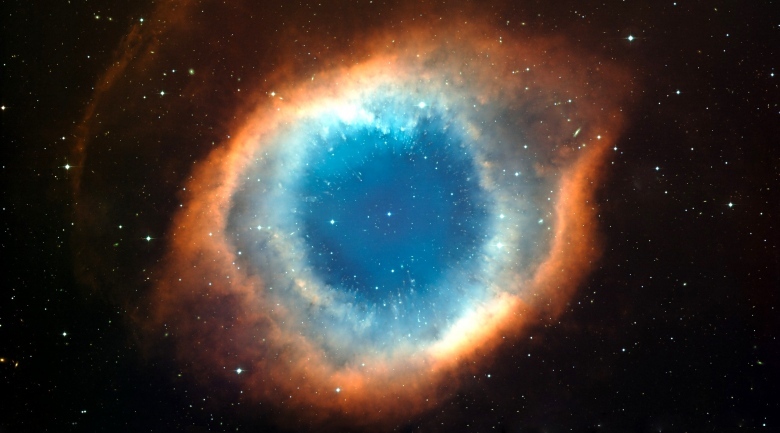
Not every garden is immediately flush with countless flowers. Astronomers say the same is true for galaxies, in that some galaxies "bloom" much later in their long lives, pumping out stars at delayed rate. A new study details why some galaxies appear to produce stars at a much slower rate compared to others.
The study, recently published in the journal Nature, details how researchers used data from the European Space Agency’s (ESA) Herschel mission and NASA’s Spitzer Space Telescope and Galaxy Evolution Explorer (GALEX) to figure out how and why stars can be born even in poor conditions, such as during the very beginnings of the Universe.
The study specifically looks at relatively "barren" galaxies that lack heavy metals. "The metals in space help act in some ways like a fertilizer to help stars grow," George Helou, an author of the new study and director of NASA’s Infrared Processing and Analysis Center (IPAC), explained in a statement.
Without these metals, galaxies produce stars at an exceptionally slower rate, but that’s exactly what must have occurred at the start of the Universe, when natural processes had yet to be given enough time to create elements heavier than hydrogen and helium.
In this way, Helou says that "metal-poor galaxies are like islands left over from the early Universe. Because they are relatively close to us, they are especially valuable windows to the past."
